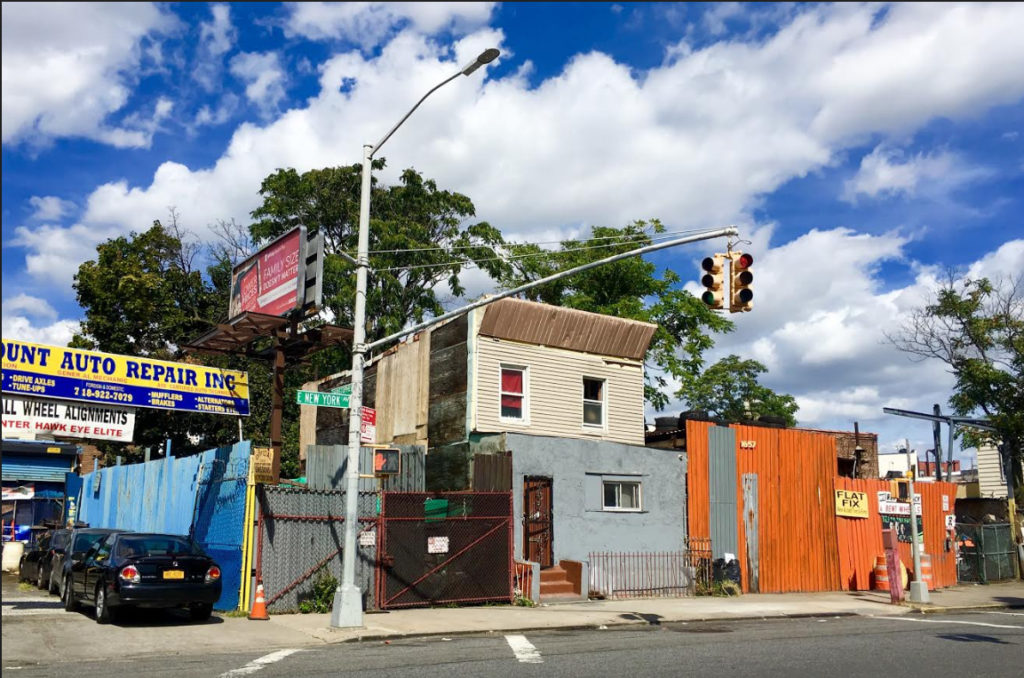Landmarks Preservation Commission calendars two East New York Borden Dairy buildings

Two buildings in East New York's five-building former Borden Dairy factory complex are now on the landmarking calendar. Eagle photos by Lore Croghan
R-E-S-P-E-C-T. Find out what it means to me.
The city Landmarks Preservation Commission (LPC) dished out a dollop of respect for the historic buildings of East New York on Tuesday, or two of them, at least.
The preservation agency unanimously voted to put two buildings in the former Borden Dairy Corp. factory complex on Atlantic Avenue onto its calendar for landmarking consideration.
